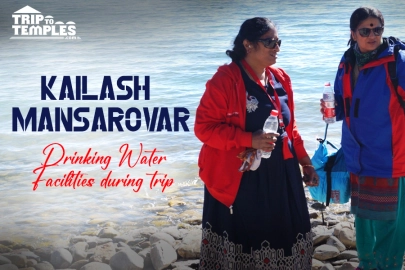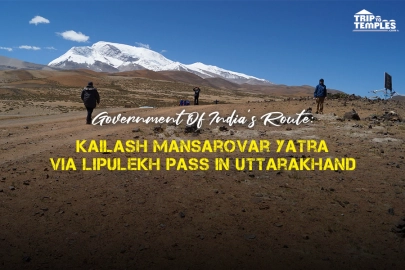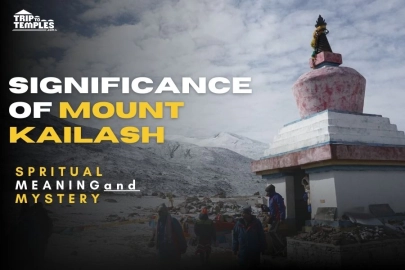KMY Blog Title
Hey pilgrims! The Kailash Mansarovar Darshan is made easy with Trip To Temples. Get a chance to indulge in the pleasures of Kailash Mansarovar’s travel literature as you swipe through our Kailash Yatra blogs, where every word brings you closer to spirituality and rekindles your love for travelling to serene places. Our Kailash Yatra blogs are a treasure trove of the best travel recommendations, spiritual narratives from the holy scriptures, comprehensive yatra details, contemporary travel trends, travel schedules, untold stories about Mount Kailash, and much more. Stay tuned with us to know everything fascinating about Mahadev’s spiritual abode- Mount Kailash. Tap to read all the latest Kailash Yatra Blogs.
Registration, Stay and other information about
Importance of
Importance of
Reach out to us
Have An Enquiry? Write To Us…
Popular Pilgrimage Packages
We Got Featured in the Media
What People Say About Us

Tour Resources
Trip To Temples Packages
Popular Destinations
© 2026 Trip To Temples. All Rights Reserved.
Design & Developed By : Divine Mantra Pvt Ltd


.webp?tr=w-405,h-270,f-webp)
.webp?tr=w-405,h-270,f-webp)













.webp?tr=w-405,h-270,f-webp)
.webp?tr=w-405,h-270,f-webp)



.webp?tr=w-405,h-270,f-webp)





.webp?tr=w-405,h-270,f-webp)



.webp?tr=w-405,h-270,f-webp)
.webp?tr=w-405,h-270,f-webp)
.webp?tr=w-405,h-270,f-webp)



.webp?tr=w-405,h-270,f-webp)
.webp?tr=w-405,h-270,f-webp)










.webp?tr=w-405,h-270,f-webp)













































